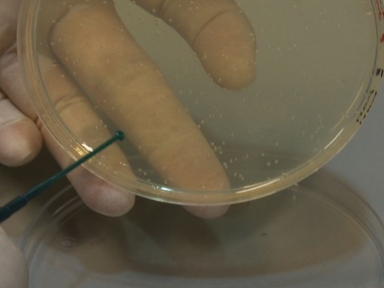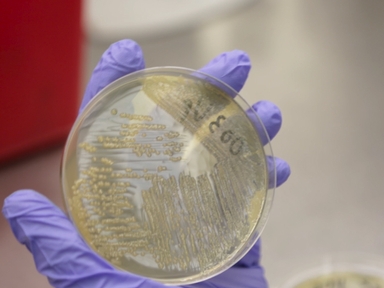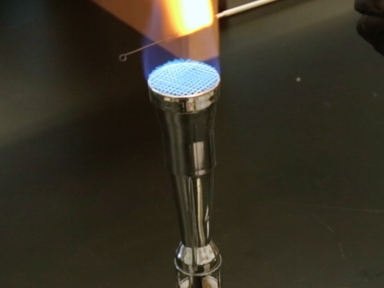Colonization of Euprymna scolopes Squid by Vibrio fischeri
March 1st, 2012
•The method outlines the procedure by which the Hawaiian bobtail squid, Euprymna scolopes and its bacterial symbiont, Vibrio fischeri, are raised separately and then introduced to allow for specific colonization of the squid light organ by the bacteria. Colonization detection by bacterially-derived luminescence and by direct colony counting are described.
Related Videos

Assessing Hepatic Metabolic Changes During Progressive Colonization of Germ-free Mouse by 1H NMR Spectroscopy

Quantification of Fungal Colonization, Sporogenesis, and Production of Mycotoxins Using Kernel Bioassays

TransFLP — A Method to Genetically Modify Vibrio cholerae Based on Natural Transformation and FLP-recombination

Characterization of Inflammatory Responses During Intranasal Colonization with Streptococcus pneumoniae

Investigating the Effects of Probiotics on Pneumococcal Colonization Using an In Vitro Adherence Assay

Assessing Bacterial Invasion of Cardiac Cells in Culture and Heart Colonization in Infected Mice Using Listeria monocytogenes

Development of a More Sensitive and Specific Chromogenic Agar Medium for the Detection of Vibrio parahaemolyticus and Other Vibrio Species

A Murine Model of Group B Streptococcus Vaginal Colonization

Laboratory Techniques Used to Maintain and Differentiate Biotypes of Vibrio cholerae Clinical and Environmental Isolates

Induction of Cellular Differentiation and Single Cell Imaging of Vibrio parahaemolyticus Swimmer and Swarmer Cells
ABOUT JoVE
Copyright © 2024 MyJoVE Corporation. All rights reserved